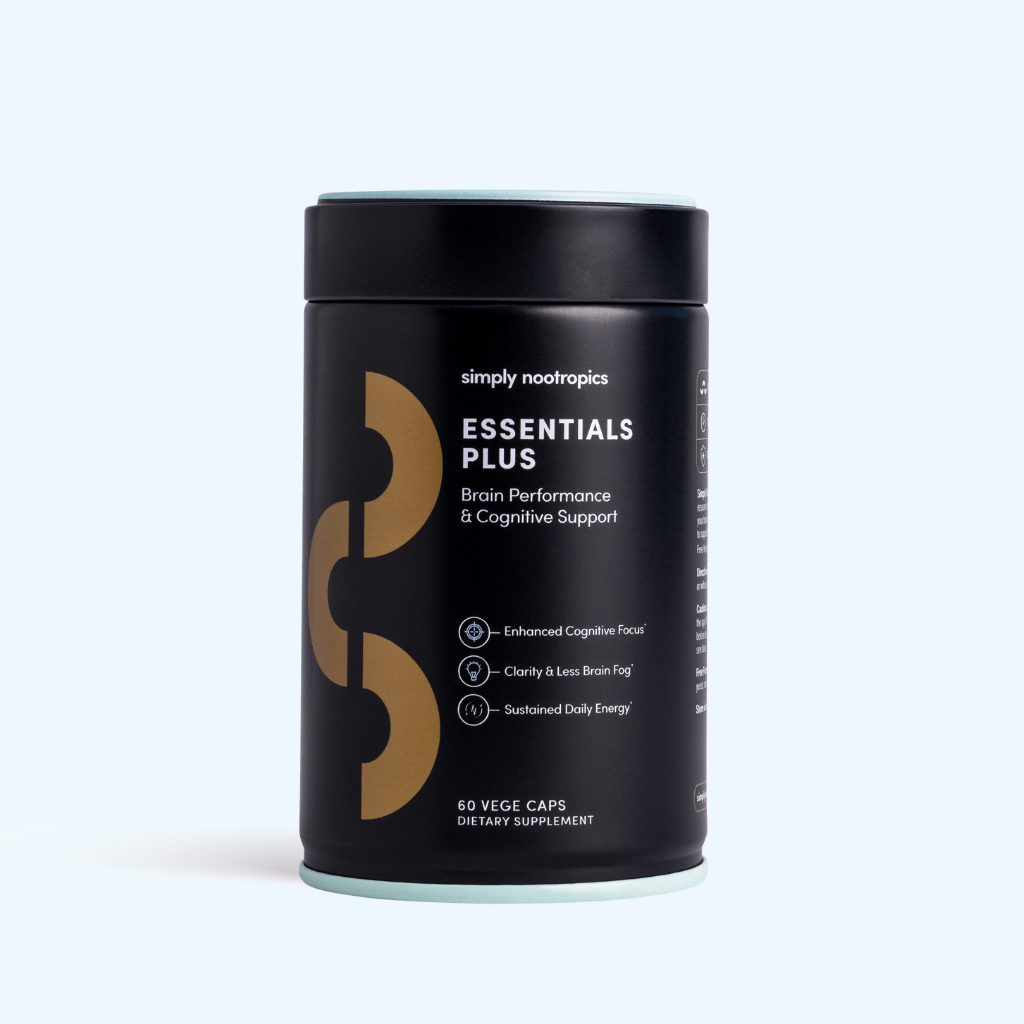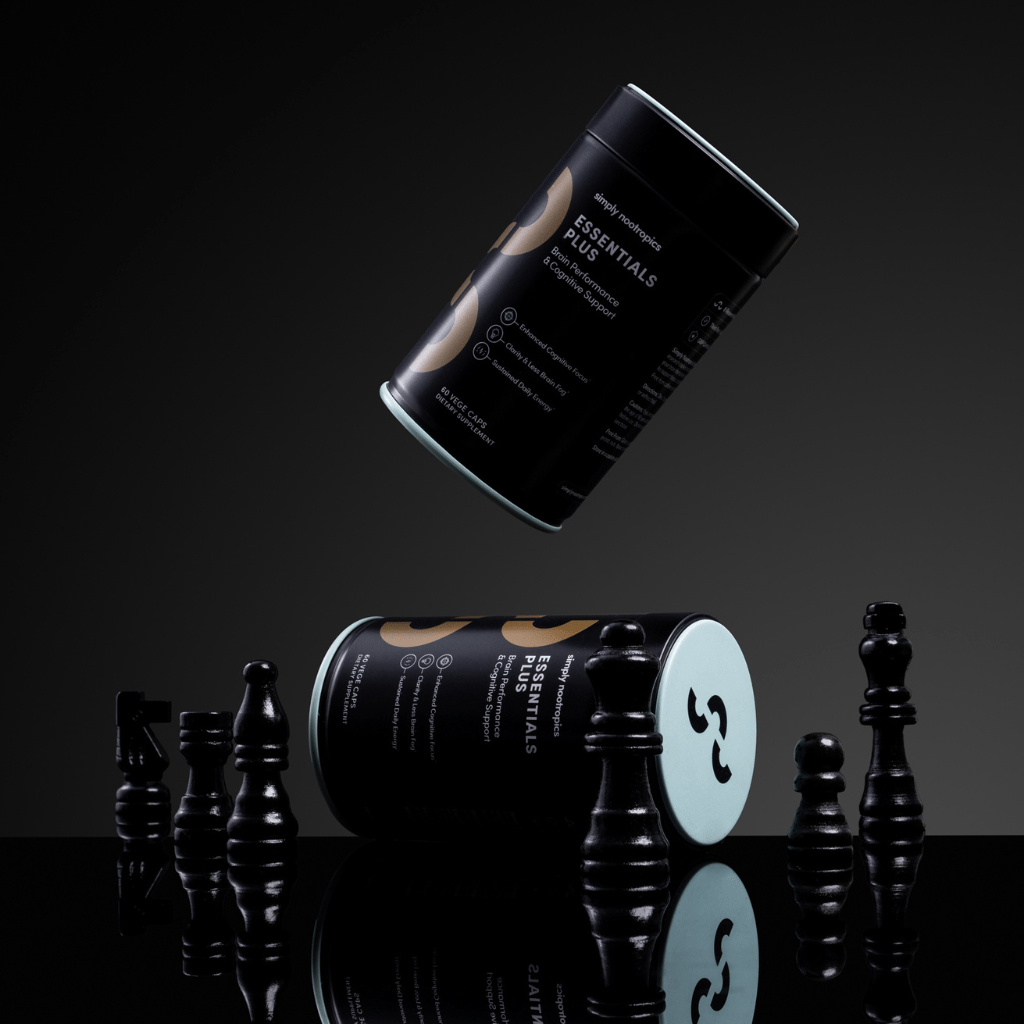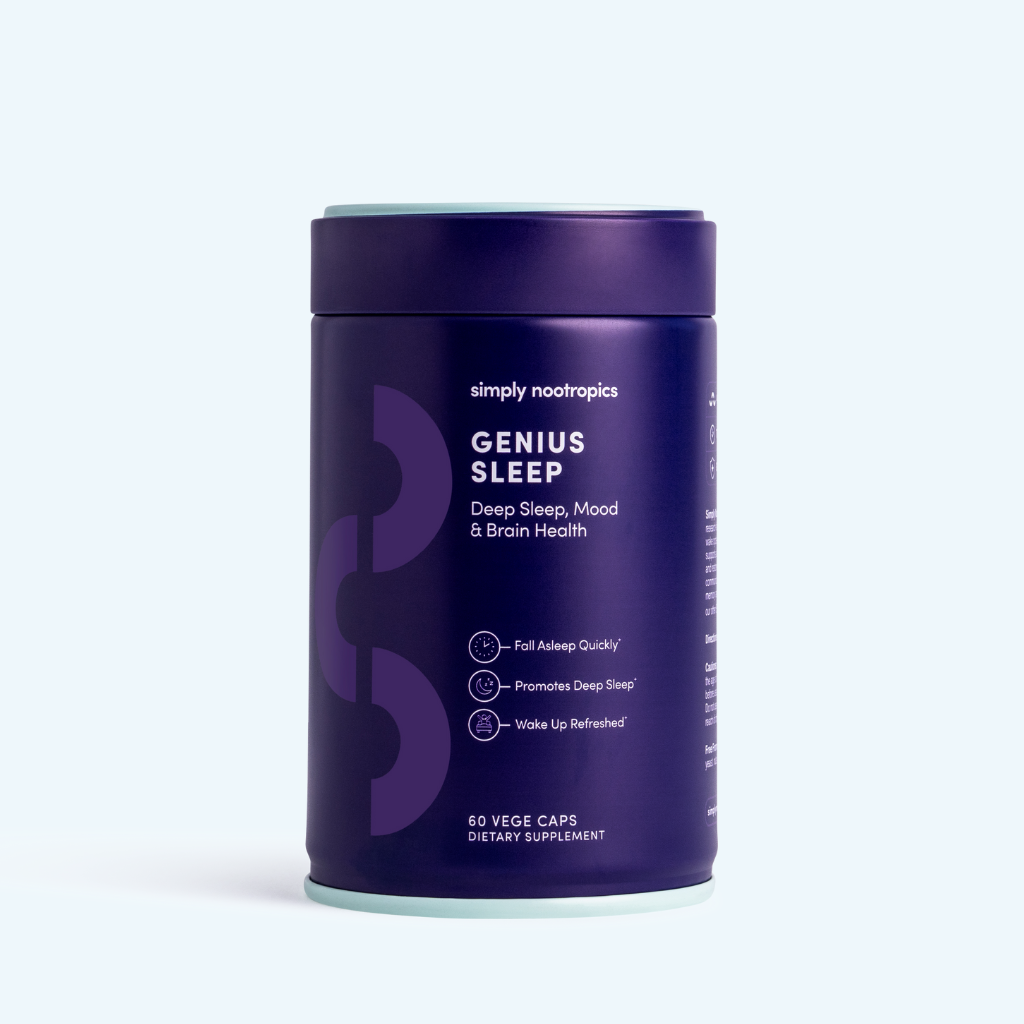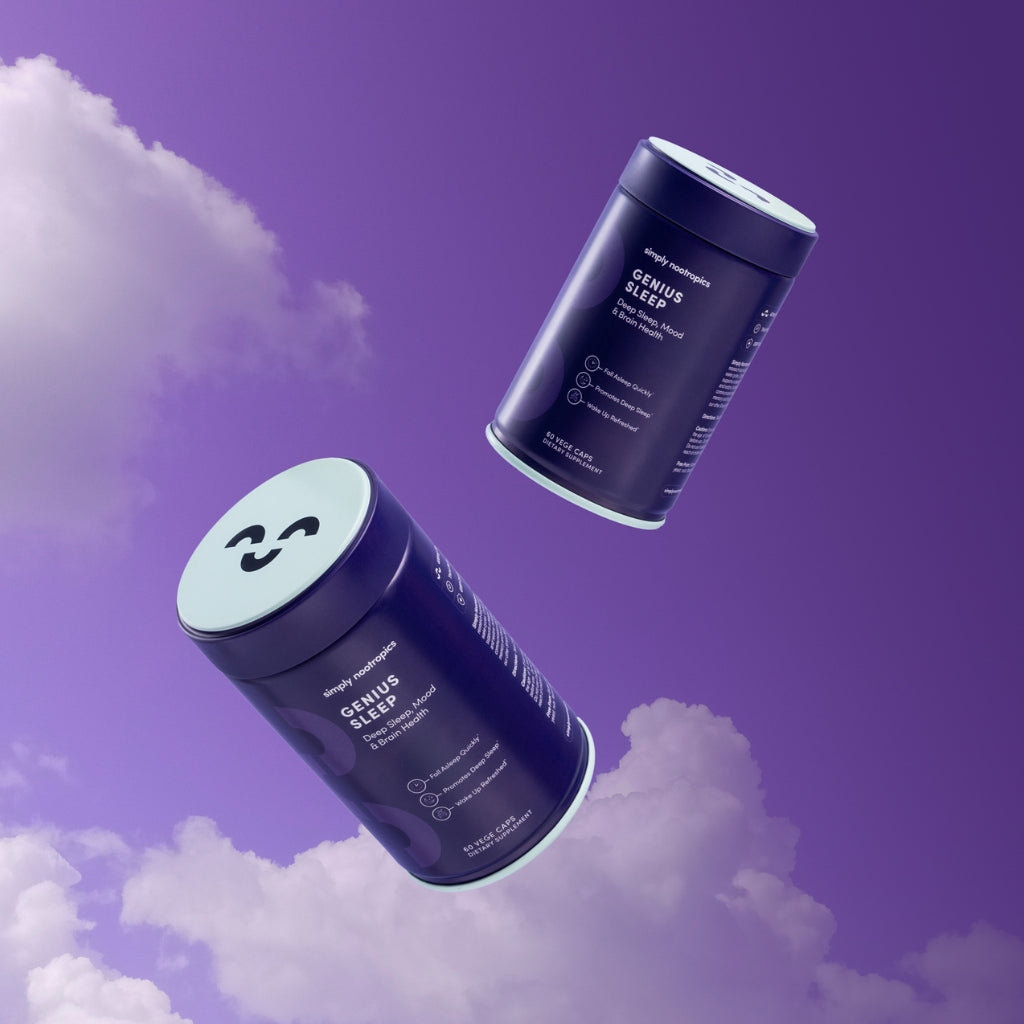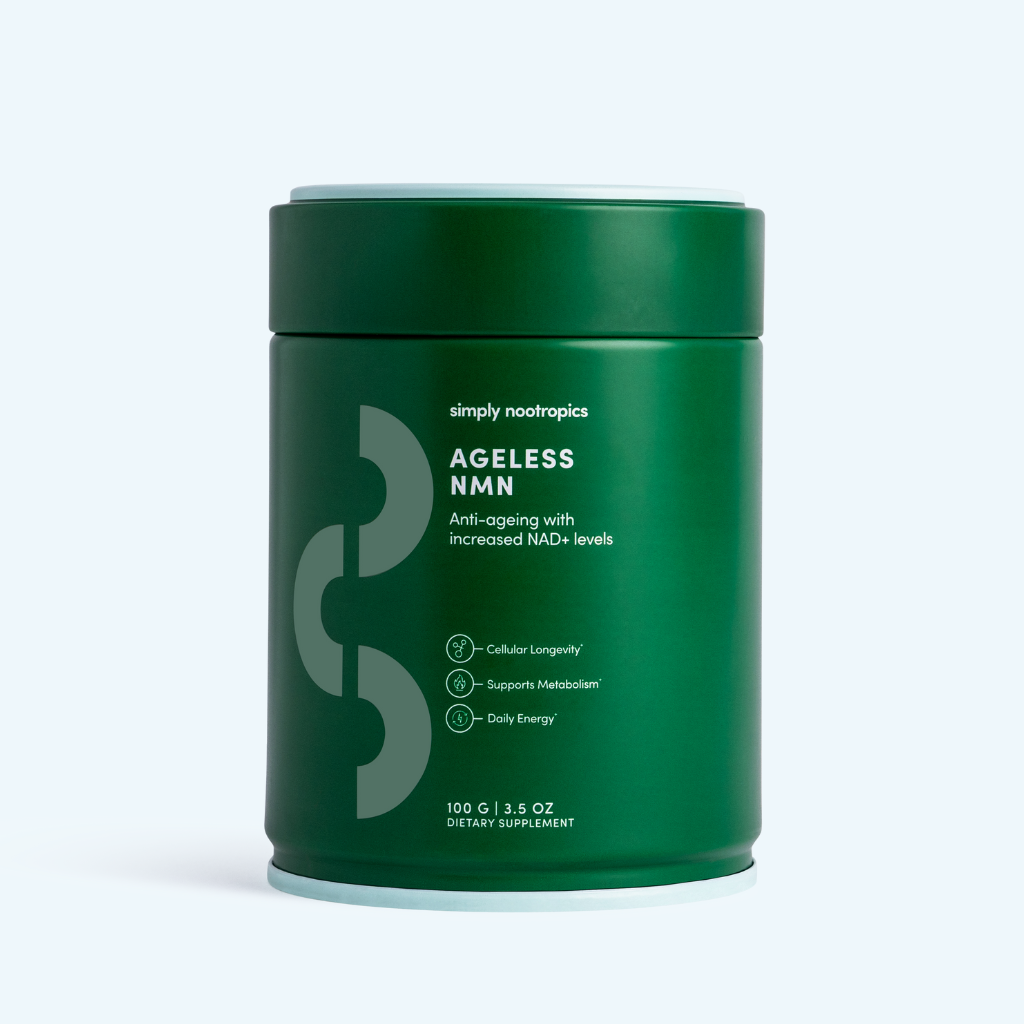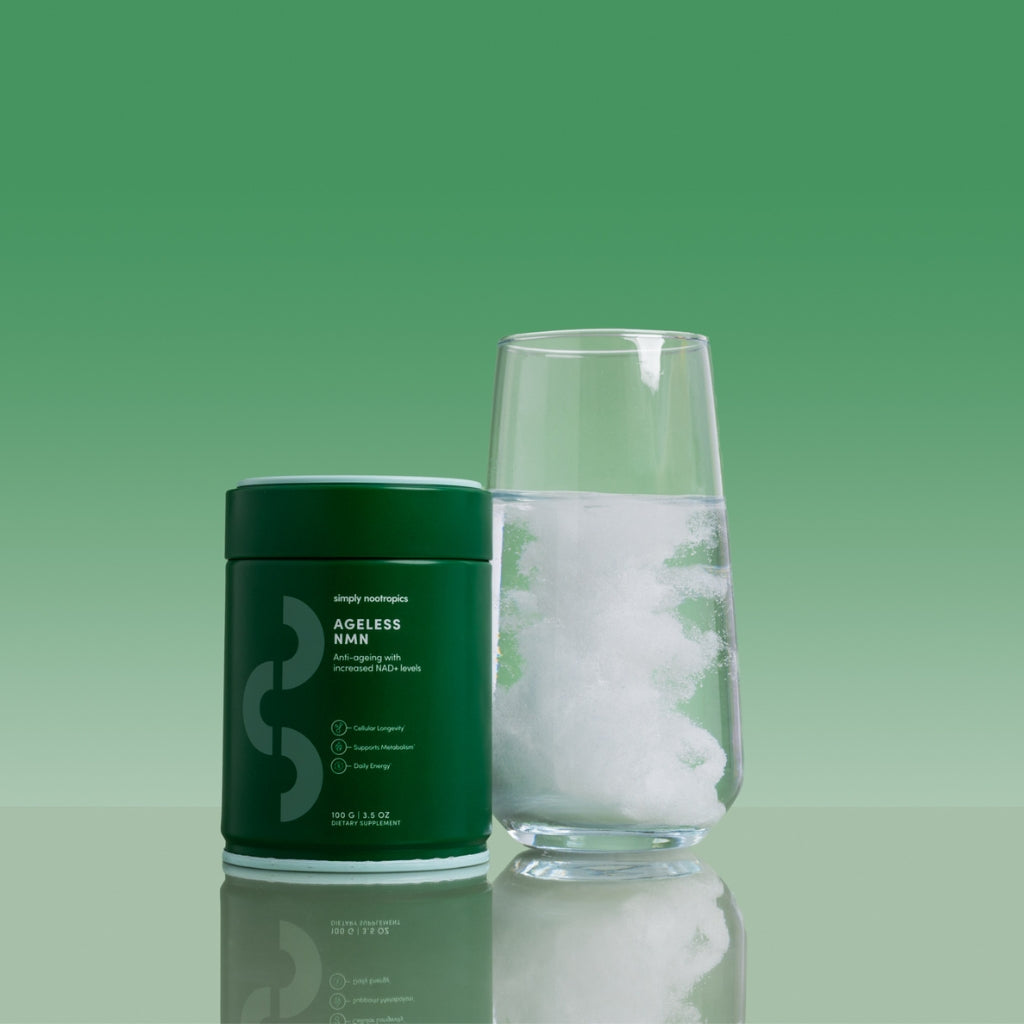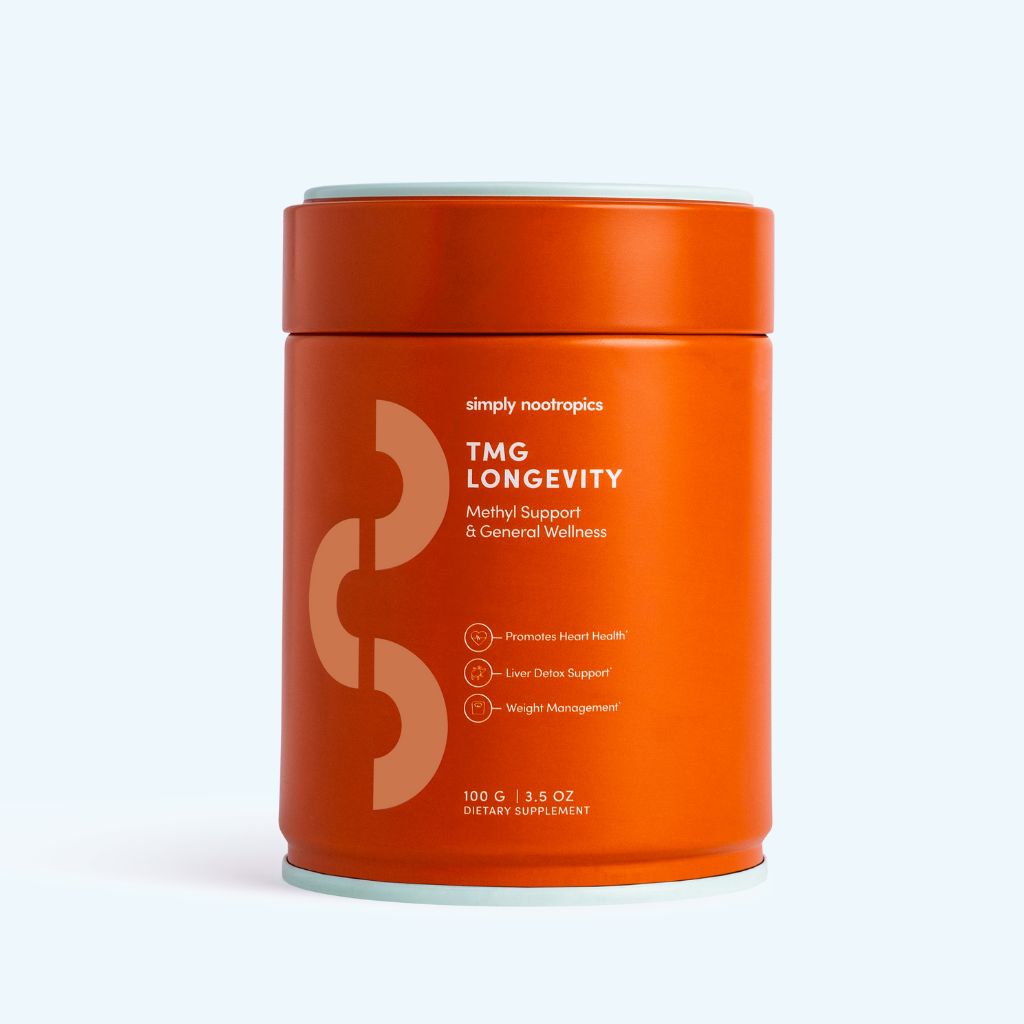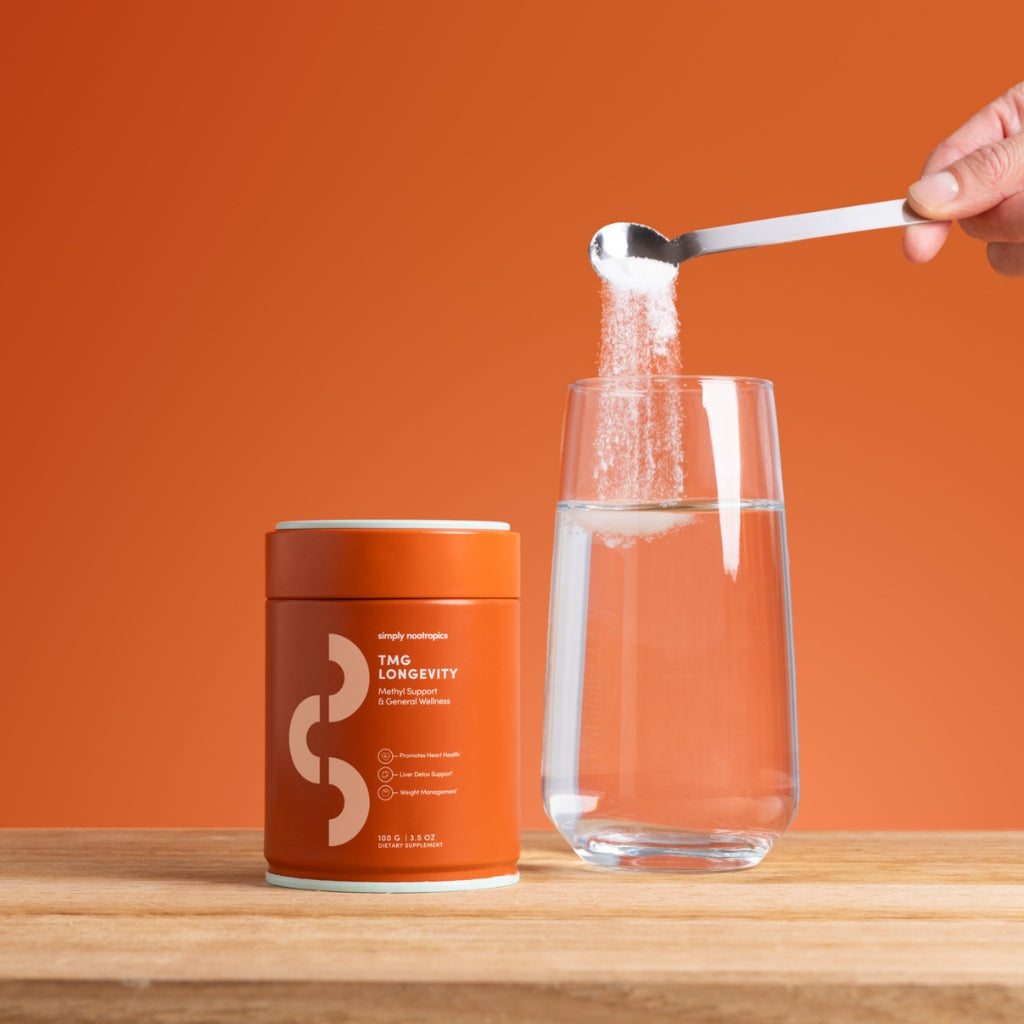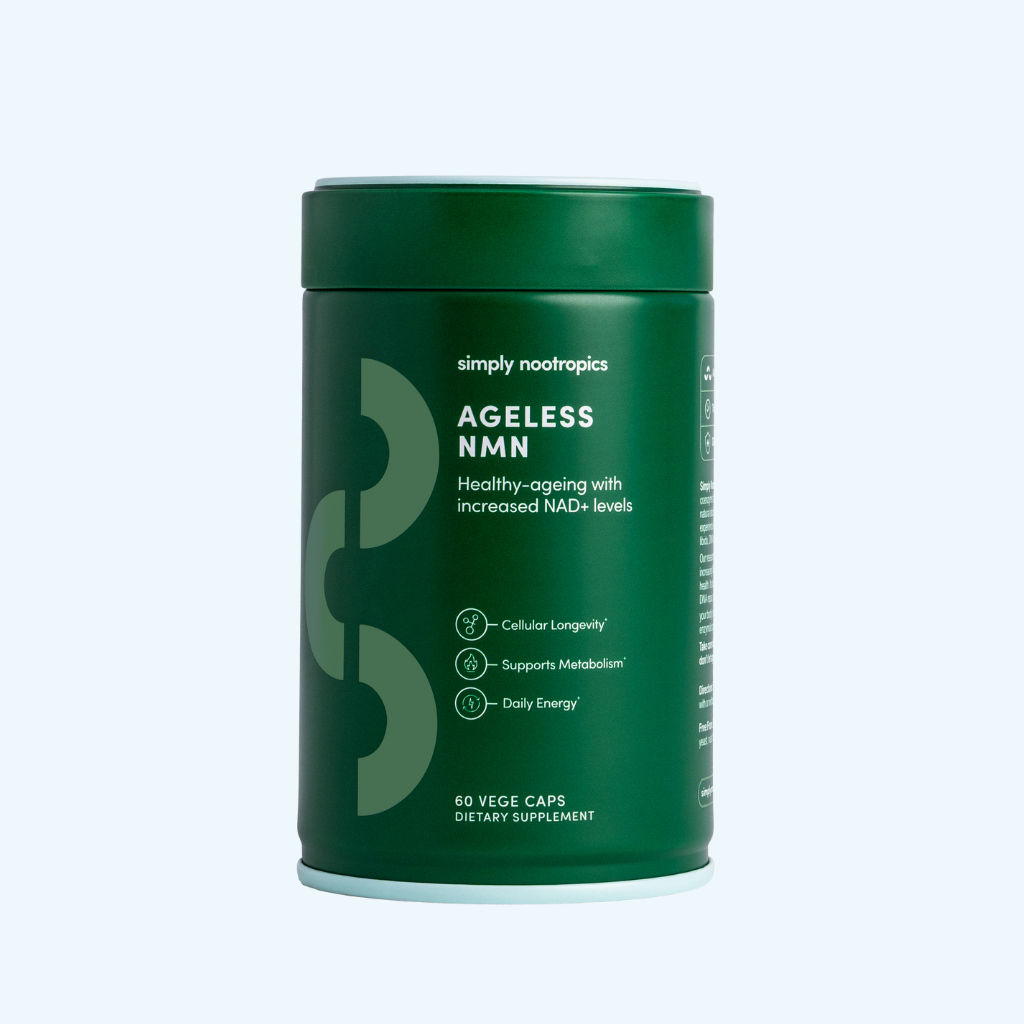We all know someone who thrives at sunrise and another who only hits their stride at midnight. But this isn’t just personal preference, it’s your chronotype, the biological rhythm that shapes when you feel alert, when you rest best, and how your body recovers.
Science shows your body chronotype can influence everything from energy and focus to long-term health. And when your lifestyle clashes with your natural rhythm, it can leave you tired, stressed, and out of sync.
Understanding your body chronotype, and supporting it, is one of the simplest steps you can take to improve energy, sleep, and healthy ageing.
What Exactly Is Chronotype?
Chronotype describes your natural tendency to sleep, wake, and feel alert at certain times of day.
-
Morning larks feel energised earlier, tend to wake before their alarm, and thrive in structured routines.
-
Night owls struggle with early mornings but often hit their stride late in the evening.
-
Many people fall somewhere in the middle (sometimes called “hummingbirds”)
These patterns aren’t simply habits. They’re influenced by your circadian rhythm (the body’s internal clock) and even your genes. Research suggests that nearly half of the variability in body chronotype is genetic. The rest comes from age, lifestyle, and environment: think light exposure, work hours, and social obligations.
Why Chronotype Matters for Longevity
When your chronotype is aligned with your lifestyle, your body operates smoothly: hormones release on schedule, energy peaks when you need it, and sleep feels restorative. But when your chronotype clashes with your daily demands, you can experience social jetlag, the chronic mismatch between your biological clock and the clock on the wall.
Over time, that mismatch can:
-
Disrupt sleep quality
-
Increase fatigue and brain fog
-
Impact appetite regulation and energy metabolism
-
Contribute to stress and recovery challenges
Studies show that long-term circadian misalignment is linked to markers of accelerated ageing. The takeaway: it’s not just how much sleep you get, but whether that sleep matches your biology.
Chronotype Across the Lifespan
Chronotype isn’t fixed. It shifts with age:
-
Teenagers naturally skew later, often making them “night owls.”
-
Adults usually stabilise in mid-chronotypes.
-
Older adults tend to shift earlier, becoming more “morning-oriented.”
Seasons matter too. Longer summer days can nudge you later, while winter’s early sunsets push you earlier. That means paying attention to your body chronotype isn’t a one-time task, it evolves with you.
Finding Your Chronotype
You probably already have a sense of whether you’re a lark, owl, or something in between. But for a more precise look, researchers often use the Munich Chronotype Questionnaire (MCTQ), which maps your midpoint of sleep on free days.
As a quick rule of thumb:
-
If you’re most alert before 10am, you’re likely a lark.
-
If your creativity peaks after 9pm, you’re probably an owl.
-
If you feel flexible, you’re a hummingbird.
Living in Sync With Your Chronotype
The goal isn’t to fight your body chronotype, but to support it. Here’s how:
1. Light Exposure
-
Morning larks: get sunlight early to reinforce your natural rhythm.
-
Night owls: morning light is even more important, it helps reset your clock earlier.
-
All types: avoid bright light (especially screens) before bed to protect melatonin.
2. Sleep Hygiene
-
Stick to consistent sleep/wake times (even on weekends).
-
Create a wind-down ritual: dim lights, stretch, read, or meditate.
-
Reserve your bed for sleep, not screens.
3. Nutrition and Stimulants
-
Caffeine: morning larks should cut it early; night owls should avoid late-day cups.
-
Meals: align eating with daylight: late-night meals can interfere with circadian rhythm.
4. Exercise Timing
-
Morning larks: workouts before noon feel natural.
-
Night owls: late afternoon or evening training can be energising without harming sleep.
5. Supplements for Support
-
Adaptogens (like Rhodiola and Ashwagandha) help balance stress, especially when routines are out of sync.
-
Sleep-supporting blends (with magnesium, theanine, or botanicals) help owls wind down when forced into early schedules.
-
NAD+ boosters like NMN may help support cellular energy across chronotypes, reducing the “afternoon crash.”
Can You Change Your Chronotype?
To some extent, yes, but only within limits. You can shift your sleep-wake cycle by about 1–2 hours with consistent light cues, meal timing, and behavioural adjustments. But genetics still set boundaries.
Rather than trying to force yourself into being a lark or an owl, the better strategy is acceptance plus alignment:
-
Build your work and recovery habits around your natural rhythm.
-
Use lifestyle tweaks and supplements to buffer against times you can’t control.
Chronotype and Ageing Gracefully
The link between chronotype and ageing is still being studied, but here’s what we know:
-
Night owls often experience more social jetlag (society favours morning types), which may contribute to higher stress and less sleep.
-
Morning larks tend to fit societal schedules more easily, but may struggle with sleep as they age.
-
Hummingbirds have the advantage of flexibility, but still need to guard their sleep consistency.
Regardless of type, good sleep is non-negotiable for longevity. It’s the nightly repair cycle where your brain clears toxins, your body rebuilds tissues, and your energy systems reset.
Practical Tips by Chronotype
Morning Larks:
-
Protect early hours for focus work.
-
Avoid scheduling late-night commitments.
-
Guard against early-afternoon dips with hydration and light movement.
Night Owls:
-
Get outside first thing in the morning to anchor your clock.
-
Use structured wind-down routines to avoid “second wind” at night.
-
Advocate for flexible start times where possible.
Hummingbirds:
-
Notice your peaks and schedule demanding tasks then.
-
Keep sleep consistent to avoid drifting too far into owl or lark territory.
Product Spotlight
At Simply Nootropics, we believe understanding your body chronotype is the first step, but supporting it with the right tools makes the biggest difference.
-
Ageless NMN: Supports healthy NAD+ levels for sustained cellular energy, no matter your chronotype. Whether you’re an early riser or a late worker, steady NAD+ helps fight fatigue and keep recovery strong.
-
Genius Sleep: A gentle blend designed to calm the mind and promote restful sleep. Perfect for night owls who need to reset earlier, or for larks looking to maintain deep, restorative rest.
Together, these supplements help you work with your chronotype, not against it, so your body gets the energy, focus, and recovery it needs to thrive long term.




